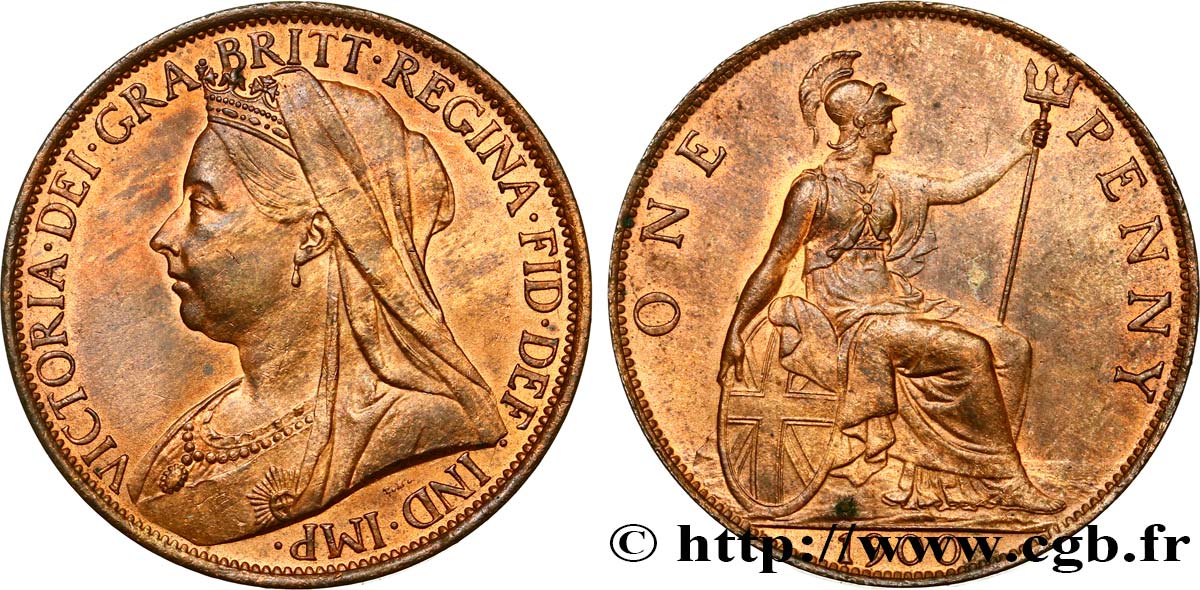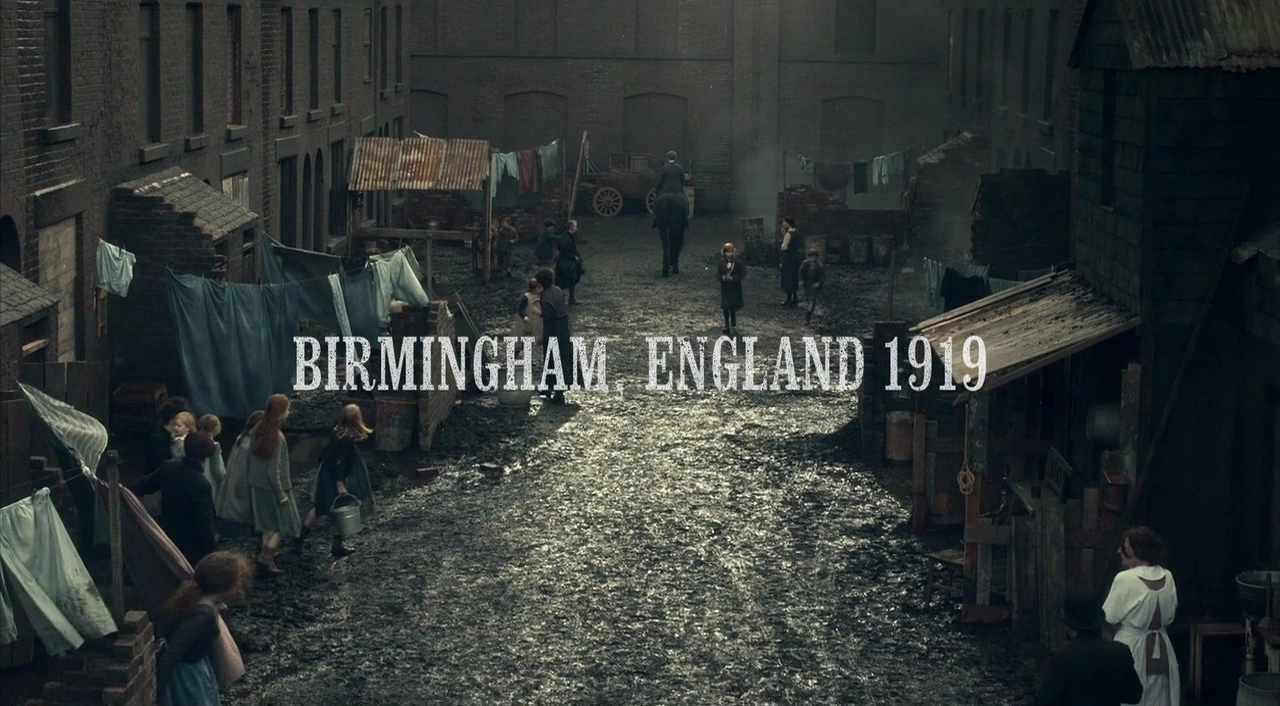1900 Penny
1909-S Wheat Penny. This is another 1909 San Francisco issue that is considered quite scarce. Collector demand is quite high for the 1909-S wheat penny, which can bring in at least $100. With a mintage of 1,825,000, the 1909 S is a very scarce coin with many people clamoring to get a hold of one. 1914-D Wheat Penny. 1900 Penny Creek Dr, Ruffin, SC 29475 is currently not for sale. Single-family home is a 4 bed, 2.0 bath property. This home was built in 1978 and last sold on for. View more property details, sales history and Zestimate data on Zillow. 1990-S Lincoln Memorial Cent Penny: No S Mint Mark: $4,291: 1914-D Lincoln Wheat Cent Penny: $3,582: 1936 Lincoln Wheat Cent Penny: Doubled Die Obverse: $2,402: 1909-S Lincoln Wheat Cent Penny: VDB: $2,167: 1943-D Lincoln Wheat Cent Penny: Steel Cent - Boldy Doubled Mintmark: $1,630: 1872 Indian Head Cent Penny: Shallow N: $1,321: 1909-S Indian.
- 1900 Indian Head Pennies
Coin Info
1900 Penny Worth

1900 Indian Head cents are extremely common and are often found in mixed-date rolls and bags of Indian Head cents. They’re also found at most coin shops that handle 19th- and 20th-century U.S. coinage. Coin collectors often pursue 1900 pennies for type sets as well as to complete series collections of Indian Head pennies.
1900 Indian Head cents were made in large numbers, with 66,831,502 business strikes produced. Examples of 1900 pennies in a grade of Good-4 retail for $2 each. In addition to the 66+ million business strikes, 2,262 proof specimens were struck, and these retail for $1,275.
James B. Longacre designed 1900 Indian Head pennies. Interestingly, an “Indian” doesn’t actually appear on this penny at all. In fact, the bust that is featured on the obverse of the coin is actually the figure of Miss Liberty. Longacre’s daughter, Sarah, was the model for the coin. The story goes that she and her dad were meeting with a Native American, who playfully placed his traditional headdress atop the young girl’s head. Amused, her coin designer father sketched the scene to show his wife. As a sidenote, Longacre also designed the U.S. two-cent piece, which in 1864 became the first coin to bear the motto IN GOD WE TRUST.
Other Years From This Coin Series
